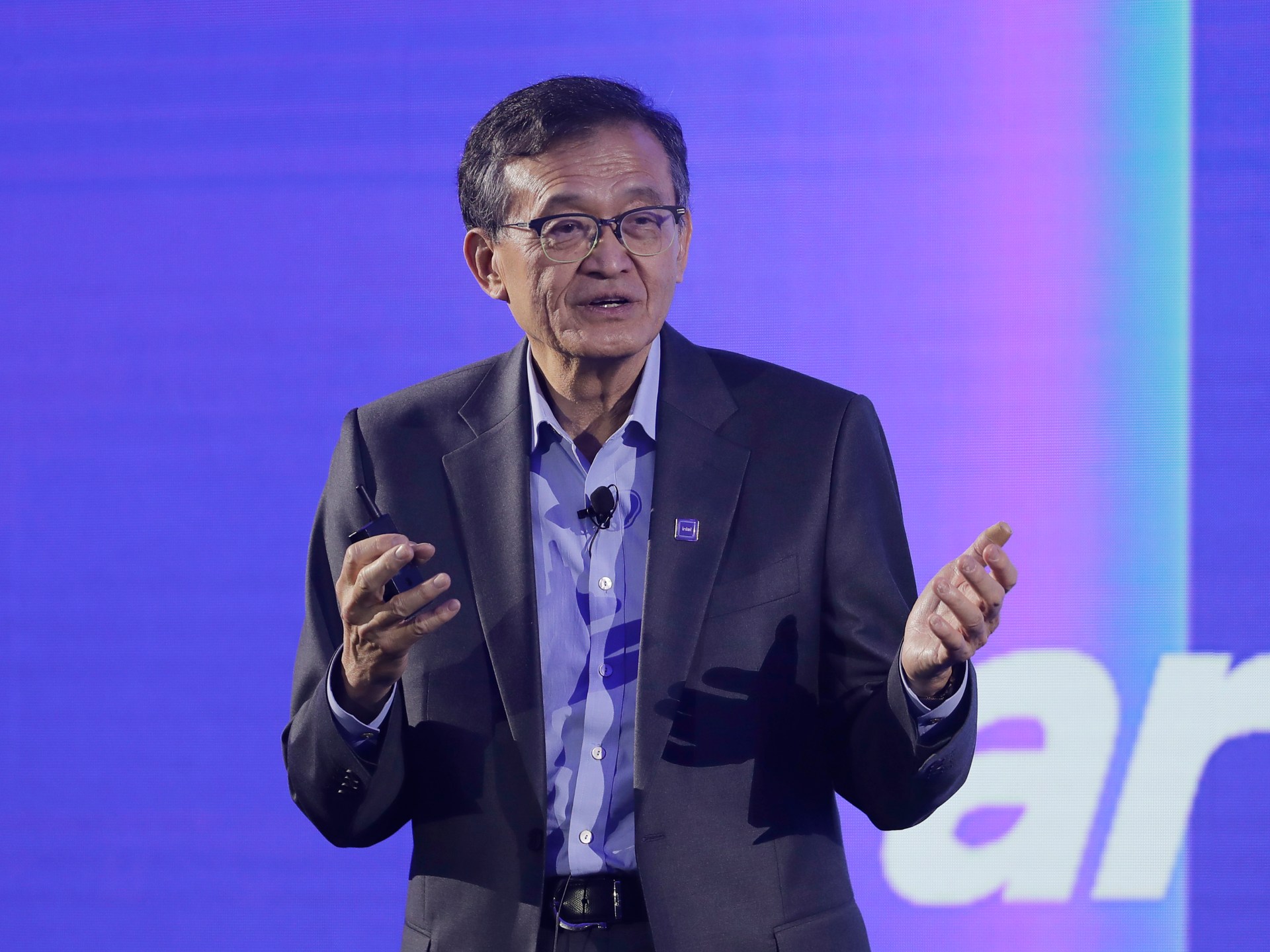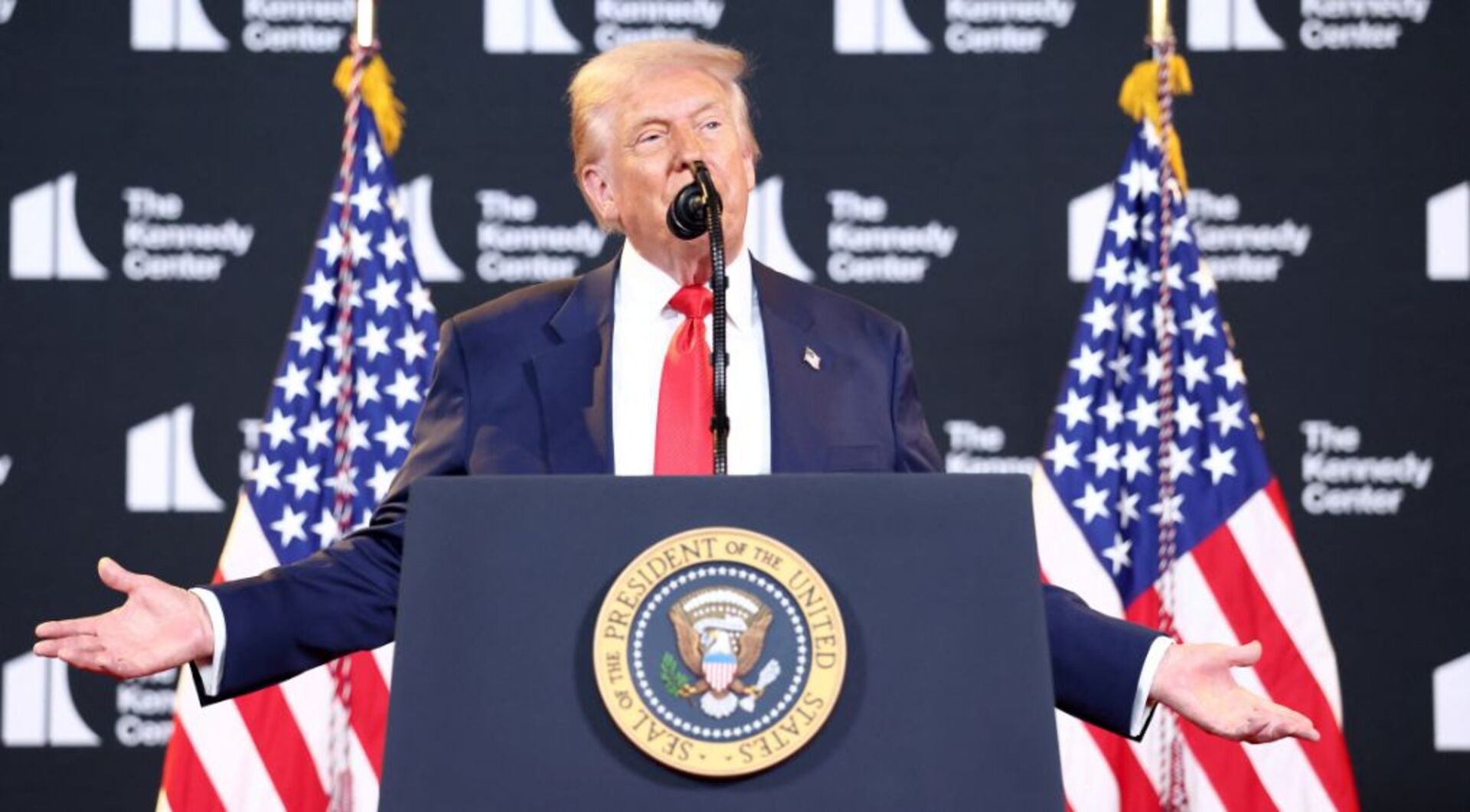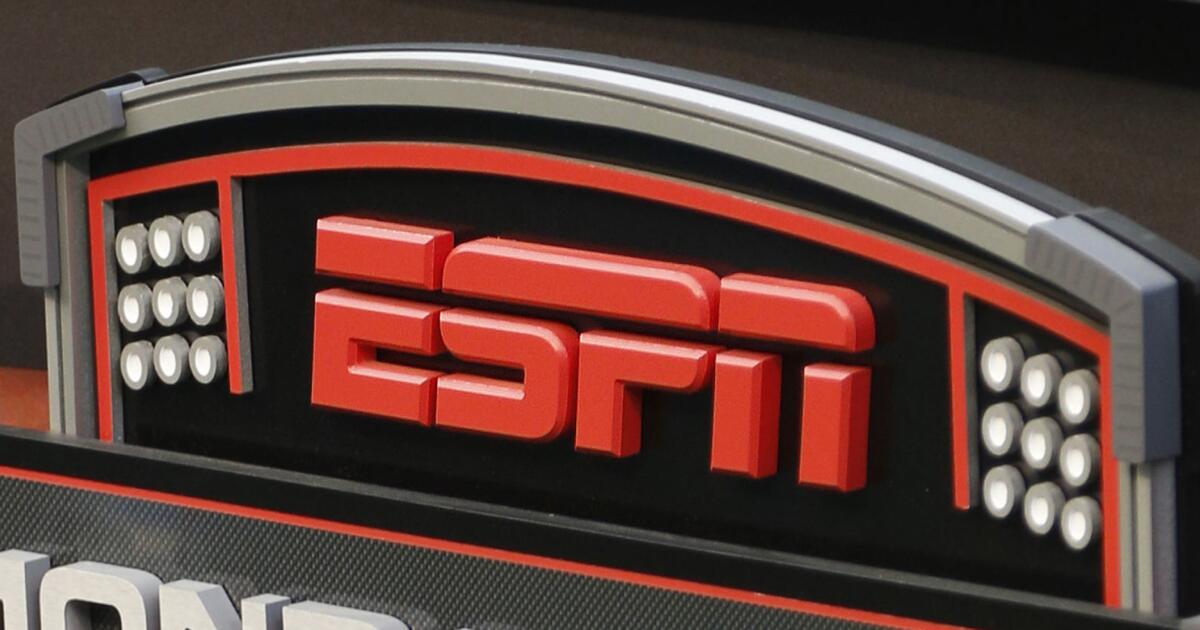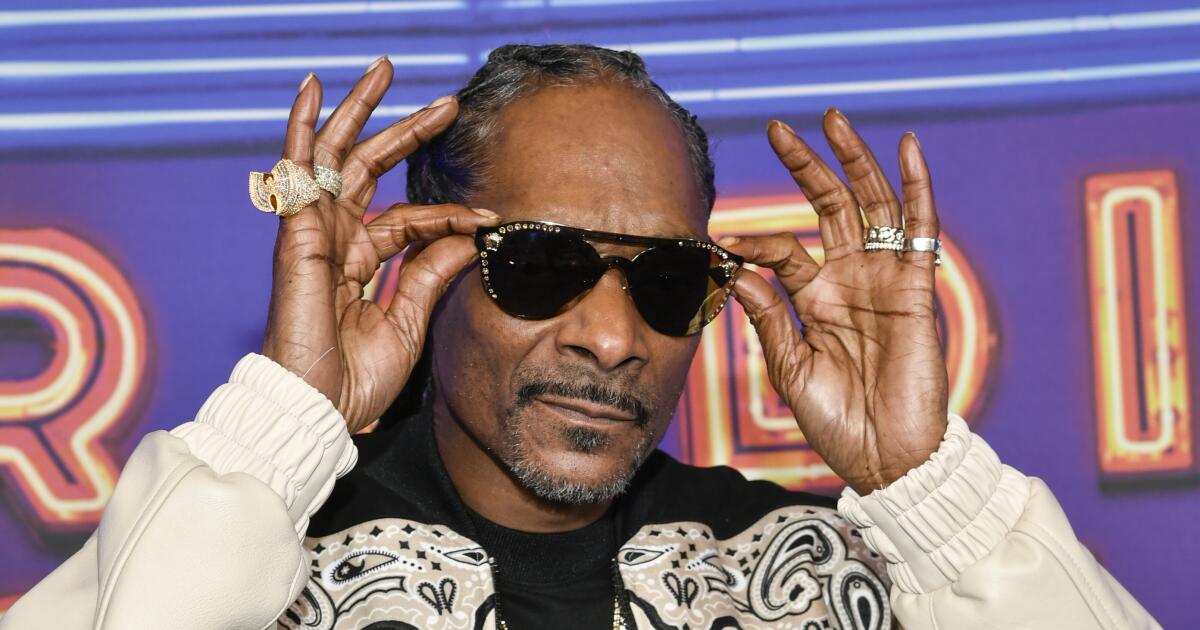Billionaire Phillipe Laffont Sold Coatue Management’s Stake in Super Micro Computer and Snapped Up This Surgical Robotics Pioneer That’s Up 19,390% Since Its IPO
An unbeatable advantage makes this stock a popular one among billionaire investors.
Philippe Laffont was known for successfully investing in technology stocks before he founded Coatue Management, a technology-focused hedge fund, in 1999. Since then, he has grown the fund’s size to more $35 billion in assets under management.
Laffont has his finger on the pulse of the artificial intelligence (AI) revolution. His contrarian investment in Super Micro Computer, a company that manufactures high-end servers for data centers, turned some heads earlier this year.
Image source: Getty Images.
Coatue bought into Supermicro at a controversial moment, but it seems Laffont had a change of heart. At the end of June, there were zero shares of the custom server builder in its portfolio.
While Coatue was disposing of Supermicro with its left hand, it was buying up shares of Intuitive Surgical (ISRG -1.34%) with its right. The hedge fund snapped up 39,512 shares of the robot-assisted surgery pioneer in the second quarter.
Intuitive Surgical stock has tumbled this year, but Laffont has reasons to expect a rebound. Here’s a look at what they are to see whether this stock could be a good fit for your portfolio.
An unbeatable advantage
When the market closed on Sept. 12, 2025, shares of Intuitive Surgical were up 19,390% since its initial public offering (IPO) 25 years ago. A few years before its IPO, the Food and Drug Administration made the company’s da Vinci robotic surgical system the first one with clearance to assist with minimally invasive abdominal surgeries.
Medtronic, Johnson & Johnson, and Stryker market surgical robots, but they entered the market after Intuitive Surgical. The pioneer is still the largest member of its industry. At the end of 2024, there were 11,040 Intuitive Surgical systems installed in hospitals worldwide.
Intuitive’s massive installed base of machines isn’t sitting idle either. Surgical teams trained to use da Vinci systems performed 2.7 million procedures last year. Plus, Ion, its more recently launched lung tumor biopsy machine, performed 95,000 procedures last year.
To date, competing systems generally address procedures that don’t already employ da Vinci systems, such as knee replacements and spinal surgeries. Hospital systems can spend more than $1 million installing a da Vinci system and then an even larger sum supporting and training the professionals who will use it. That’s a huge advantage over newer surgical systems that competitors probably won’t be able to overcome.
Placing systems and training surgeons to use them generates revenue for Intuitive, but these aren’t the main sources. Around 84% of total revenue last year came from recurring sources such as instruments and accessories that must be replaced before each procedure.
Why Intuitive Surgical stock is down
Intuitive Surgical has been a terrific stock for its long-term shareholders, but it’s been a stinker this year. It’s down about 26% from a peak it set in February.
Fear that tariffs will pressure profit margins has been a weight on Intuitive Surgical’s stock price. When reporting second-quarter results in July, management reduced its adjusted gross profit margin expectation to a range between 66% and 67%. That would be a minor decline from the 69.1% gross margin reported last year, but this temporary setback is hardly a reason to avoid the stock.
Earlier this year, Medtronic submitted an application to the Food and Drug Administration to perform urology procedures with its Hugo RAS system. Roughly one-fifth of all procedures performed with da Vinci machines last year were in the urology category.
Investors concerned that the Hugo system will pull market share from da Vinci should know that its launch overseas hasn’t been very successful. It’s been authorized for sale in the European Union since 2021, but Medtronic still doesn’t tell investors how much revenue Hugo’s generating in its quarterly reports.
Time to buy?
In the U.S., hospitals considering a new surgical system for urologic surgeries could have a new option from Medtronic by the end of the year. Luckily for Intuitive Surgical, the da Vinci 5 system, which launched in March 2024, already makes Medtronic’s Hugo system seem outdated.
Despite tariff pressure, investors can expect significant growth from Intuitive Surgical. Management is forecasting overall procedure growth of 15.5% to 17.0% this year. High switching costs for hospitals could lead to procedure growth that continues rising for another decade or two.
With a stock price that’s been trading at 55.3 times forward earnings expectations, investors are already expecting profit growth at a double-digit percentage for years to come. Intuitive Surgical stock could fall hard if Medtronic or another competitor begins pressuring sales growth in the years ahead.
Given Hugo’s performance in the E.U., threats from well-heeled competitors appear toothless. Adding some shares to a diverse portfolio now could be the right move for investors with a high risk tolerance.
Cory Renauer has no position in any of the stocks mentioned. The Motley Fool has positions in and recommends Intuitive Surgical. The Motley Fool recommends Johnson & Johnson and Medtronic and recommends the following options: long January 2026 $75 calls on Medtronic and short January 2026 $85 calls on Medtronic. The Motley Fool has a disclosure policy.

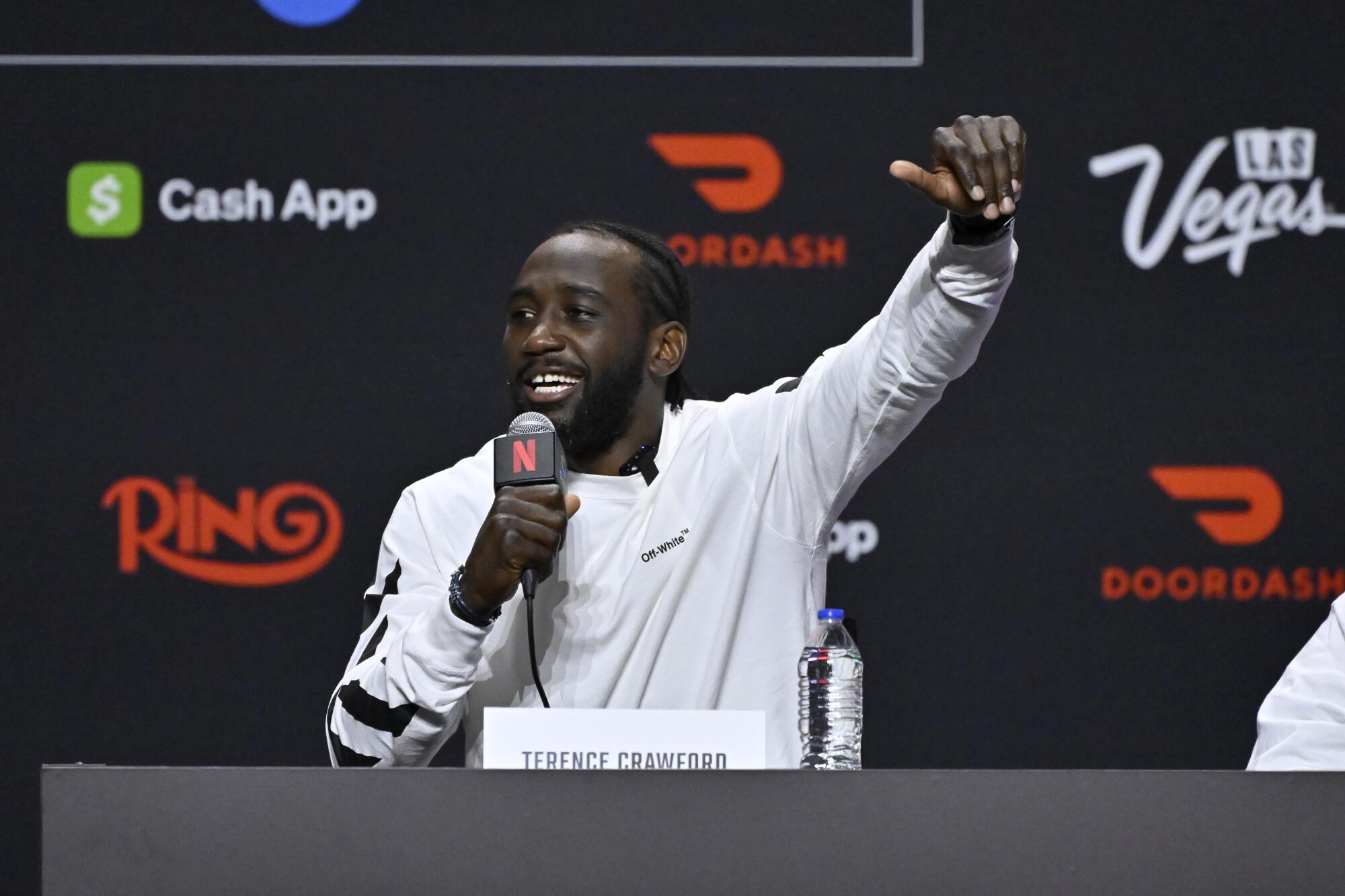

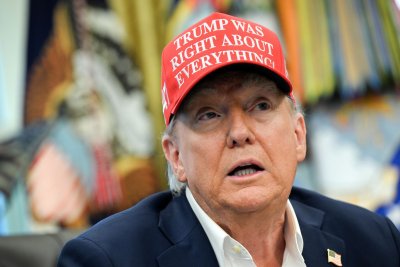

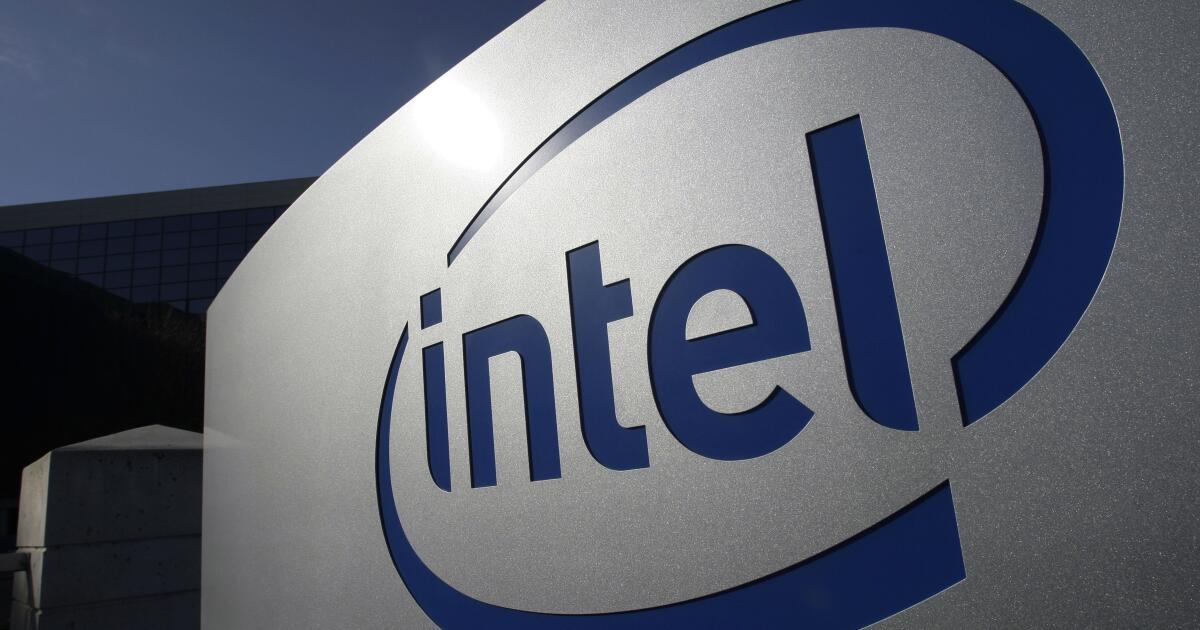
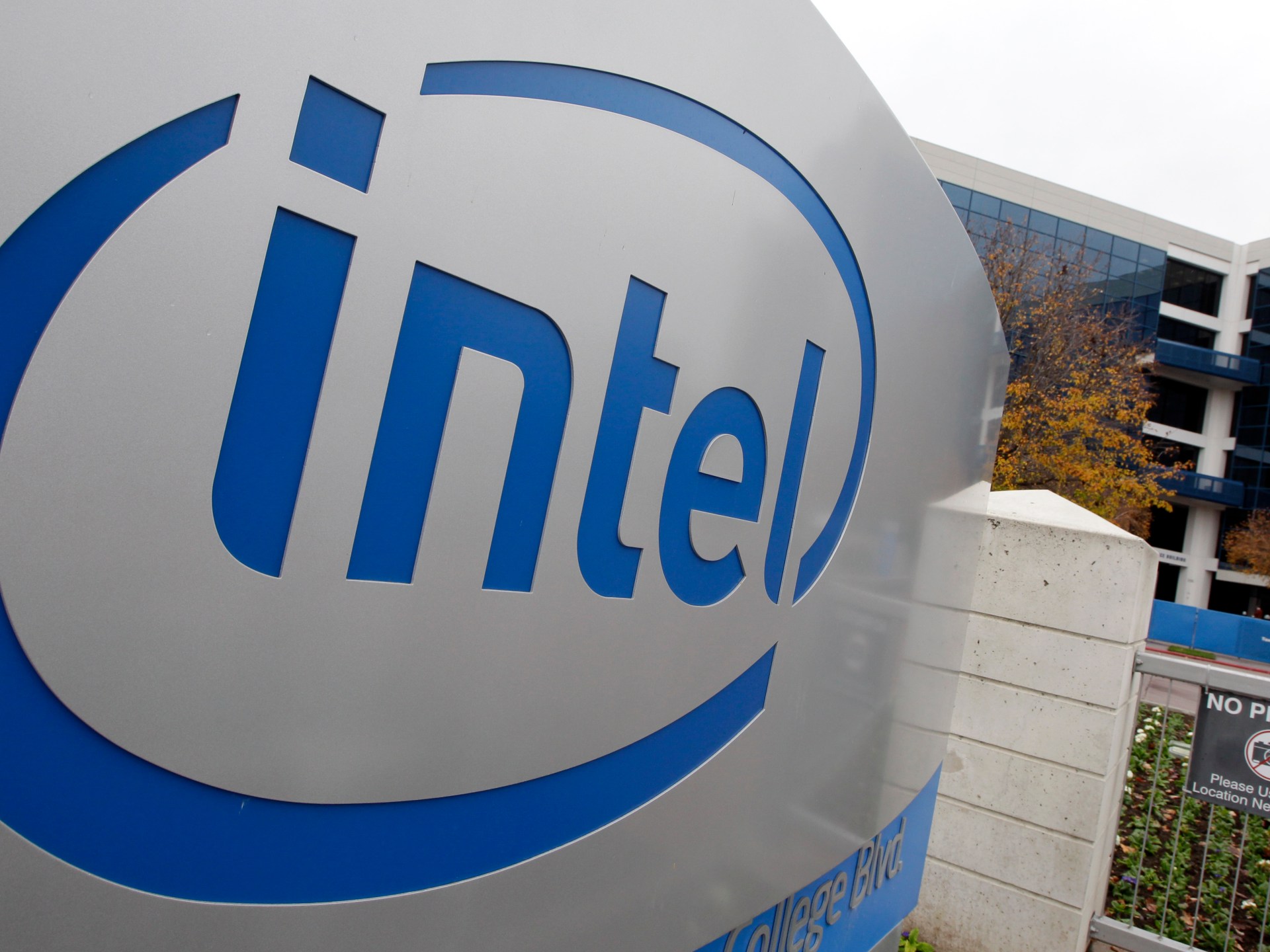
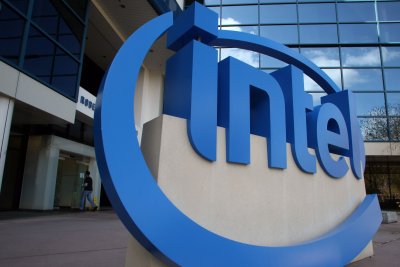


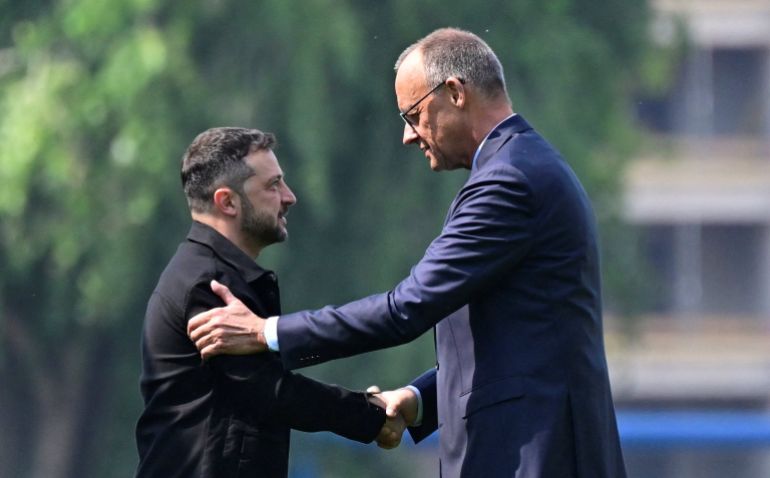

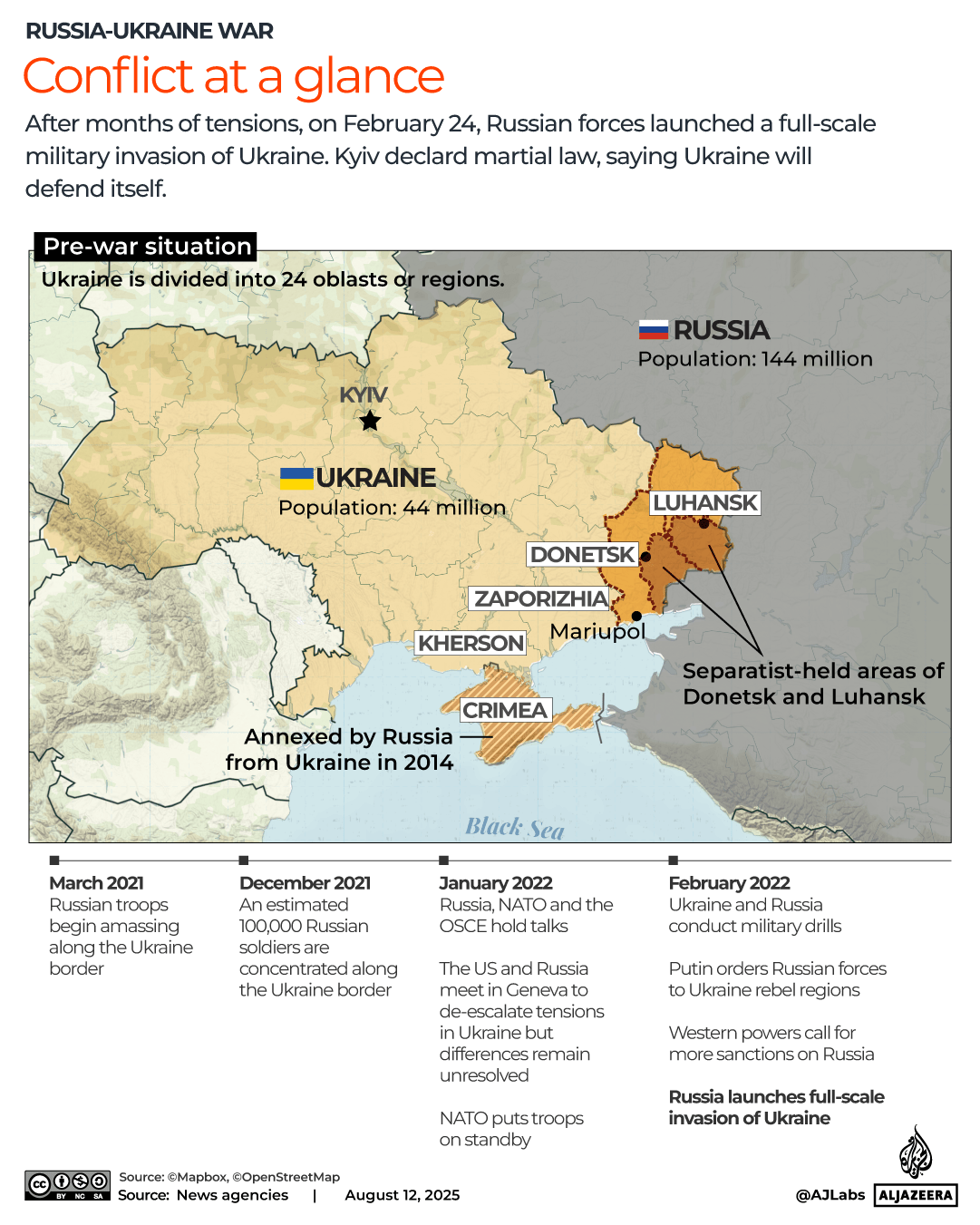 What’s on the agenda?
What’s on the agenda?
